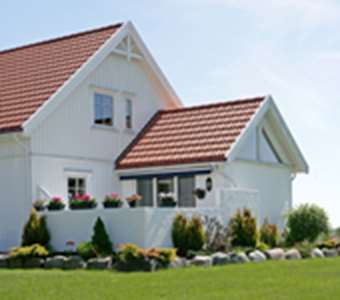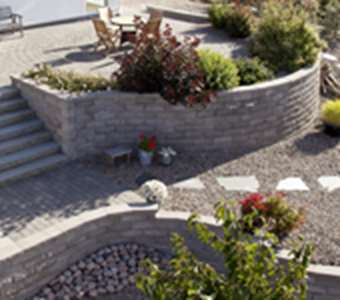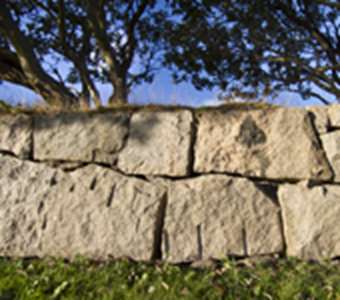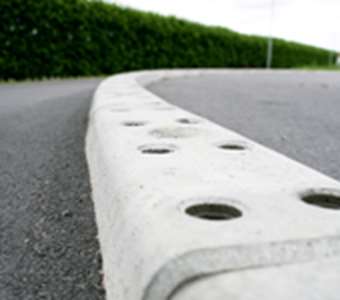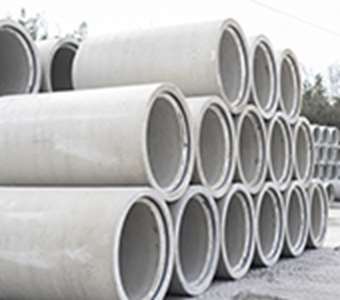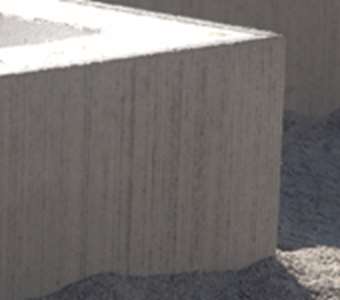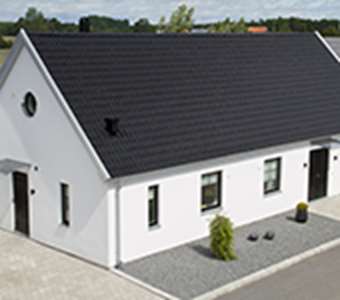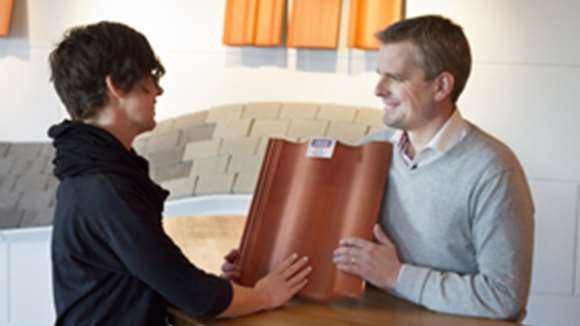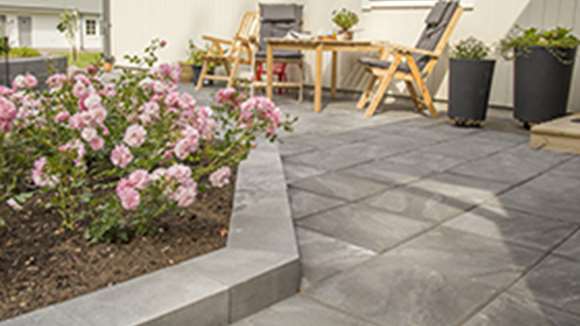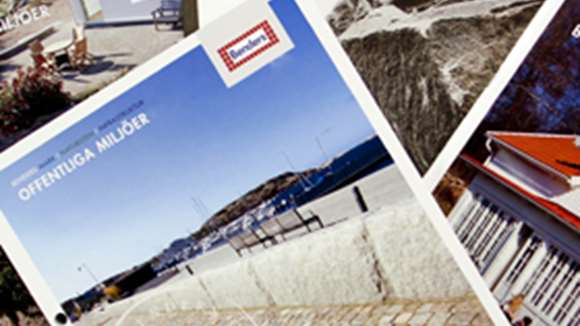Public art in true Bohus granite becomes ever more beautiful with the passing years. A clearer legacy for future generations is hard to imagine. Viktor Korneev is an established sculptor who, for 23 years, has been creating public works of art in, amongst other materials, granite.
Viktor Korneev was born in Tambov, Russia, in 1958. He now lives in Fjällbacka in the Bohuslän region of Sweden. He was trained at the Moscow Art Academy and works primarily in granite, marble, bronze and oak. In his 23 years as a sculptor, Viktor has created a large number of sculptures for public places and indoor and outdoor exhibitions. “Touch” is one such piece.
“Touch” is located in Trollhättan’s canal area. It stands in shallow water, north of the car park at the eastern end of the Strömkarlsbron bridge. Created in 2008, the sculpture depicts a giant foot standing on tiptoe on a plinth. The foot was hewn from Bohus granite. Viktor put a great deal of work into creating the sculpture’s fine and gentle lines. “Touch” is almost three metres high and weighs four tonnes.
The concept behind the foot’s pose is that it should express lightness, even though the sculpture is heavy granite. The name “Touch” refers to the foot’s toes touching the water. When the water level in the canal rises, this is exactly what happens. The toes take a little dip.
“The name ‘Touch’ refers to the toes of the foot touching the water. It is an expression of lightness shaped in a heavy material,” Viktor Korneev, artist.
“Touch” was created for an exhibition in Trollhättan. It was one of several artworks that, in 2008, were included in an outdoor exhibition, “The power of stone”. When the exhibition was over, the municipality of Trollhättan bought the sculpture. Since then, the foot has been permanently located in the water by the Strömkarlsbron bridge. Along with other works of art, “Touch” has linked places such as Kanaltorget, Strömkarlsbron, Kyrkstigen and Insikten in Trollhättan, thereby forming a popular “sculpture trail”. The work to realise “Touch” began with a 1:10 model in plaster. This was then enlarged and translated into granite.














